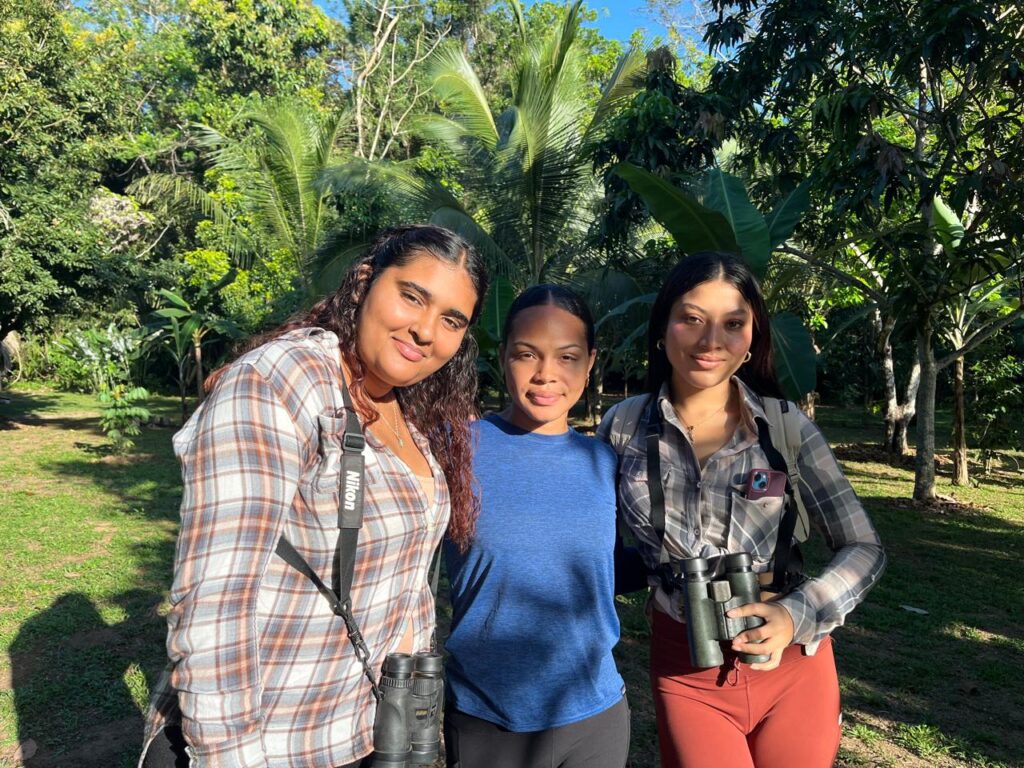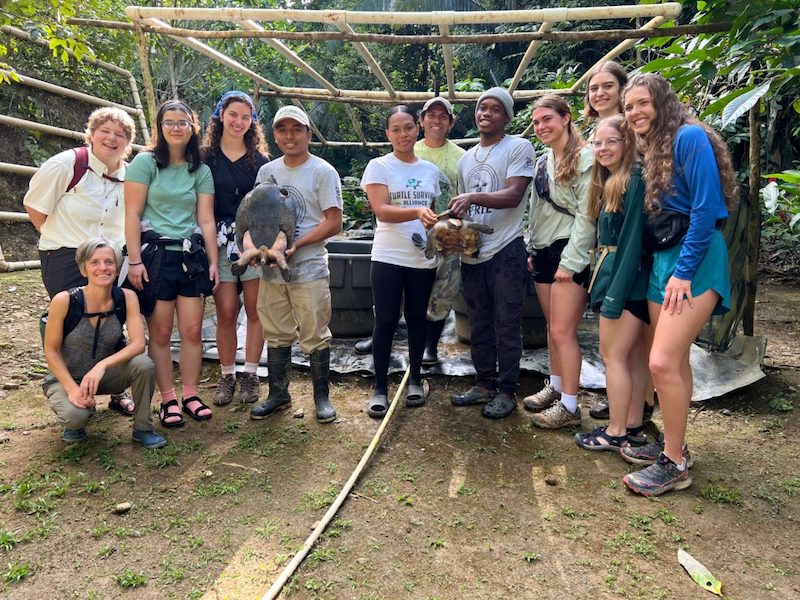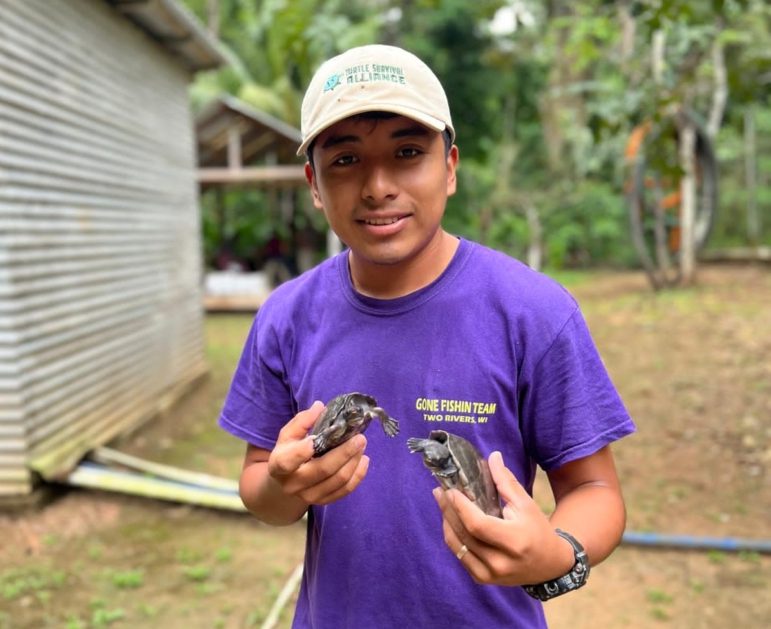Student
My BFREE Experience
by Ashira Rancharan My time at BFREE was nothing short of magical. I’ve always loved nature, but being there felt different; I wasn’t just an observer and instead was a part of all that was happening. I’m someone who has always been a little hesitant about volunteering and afraid that I might not do things…
Read MoreCreative Courses in the Jungle
The BFREE field station serves as an oasis optimal for artistic pursuit, retreat, and growth. By Molly McFadden January 2023 I spent two weeks at BFREE as an undergraduate student while completing a course called Travel Writing through Bethel University. When I registered for the course I knew almost nothing about the country of Belize…
Read MoreAndrew Choco Joins BFREE Full-time as Wildlife Fellow
Hey there! My name is Andrew Choco, and I am from Trio, a community adjacent to BFREE. I was raised in Bella Vista Village, where my connection with nature was somewhat limited. However, after watching documentaries on Animal Planet, my interest in the natural world was sparked. These programs ignited a deep passion for wildlife…
Read MoreStudent Advocate Workshops for Earth Day
As part of Earth Day festivities, Heather Barrett, Deputy Director, and Jaren Serano, Dermatemys Program Coordinator with the support of Wildlife Education Fellow, Samih Young, delivered workshops at Sacred Heart Junior College and University of Belize. Over 60 students in Natural Resource Management and Biology as well as four educators participated in the workshops held…
Read MoreIntroducing Samih Young – BFREE Wildlife Education Fellow
By Samih Young and Heather Barrett This month, Samih Young joined the team and is taking on a brand new role within the BFREE Science and Education Fellowship Program. She joins as the Wildlife Education Fellow and will be collaborating on outreach programming and communications while also supporting work taking place at the Hicatee Conservation…
Read MoreCollaborative Cacao Research Project
By Roxanna Chen BFREE in collaboration with the University of Tennessee, Knoxville (UTK) facilitated a cacao research project at the BFREE’s Field Station in May 2023. The primary objective of the collaboration was to co-design and enhance post-harvest practices and methods for Criollo Cacao which is intercropped and shade-grown in several experimental plots within the…
Read MorePollination and Paternity Testing
By Holly Brabazon Would you believe that small biting midges are cacao’s main pollinator? They’re only about the size of a pin head, and they don’t fly very well either, but with how small cacao flowers are, and how they’re shaped, cacao has to rely on the tiny midge to pollinate its flowers. Unfortunately, midges…
Read MoreCacao Fellow, Mark Canti, Explains the Process of Adopting a Tree from the BFREE Farm:
By Mark Canti Hello, my name is Mark Canti. I’m the BFREE Cacao Fellow, and I oversee the cacao adoption program at BFREE in collaboration with the Heirloom Cacao Preservation Fund. I’m always very excited when I learn that a new tree has been adopted from our farm, and I am eager to tag the newly adopted tree. I…
Read MoreCelebrating Earth Day
Students from Keene High School help plant cacao seeds.
Read MoreAutumn Dietrich Completes 10-week Internship at BFREE
BFREE internship opportunities have returned since the start of the COVID-19 pandemic. After more than two years of not hosting interns, Autumn Dietrich is welcomed with open arms to BFREE for a 10-week program from January to March 2022. Autumn is no stranger to BFREE. She first visited on a Field Course as an undergrad with…
Read More



